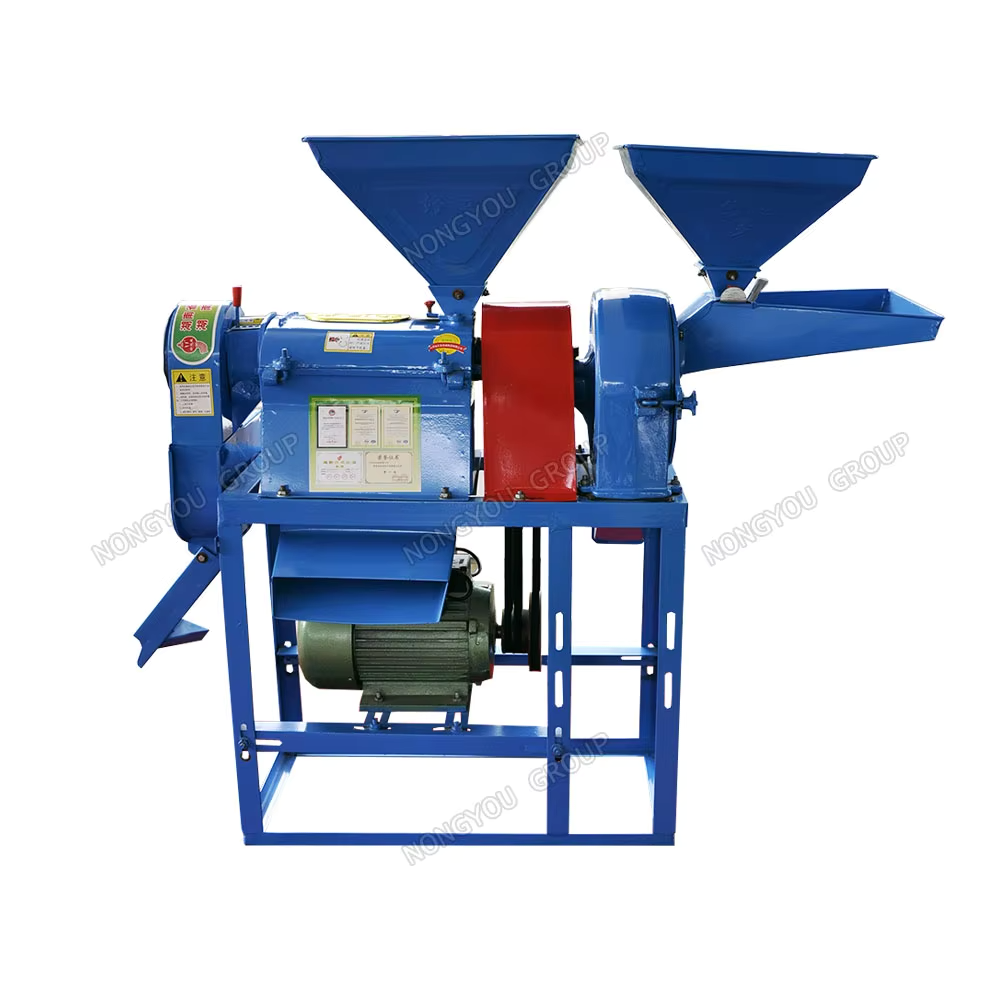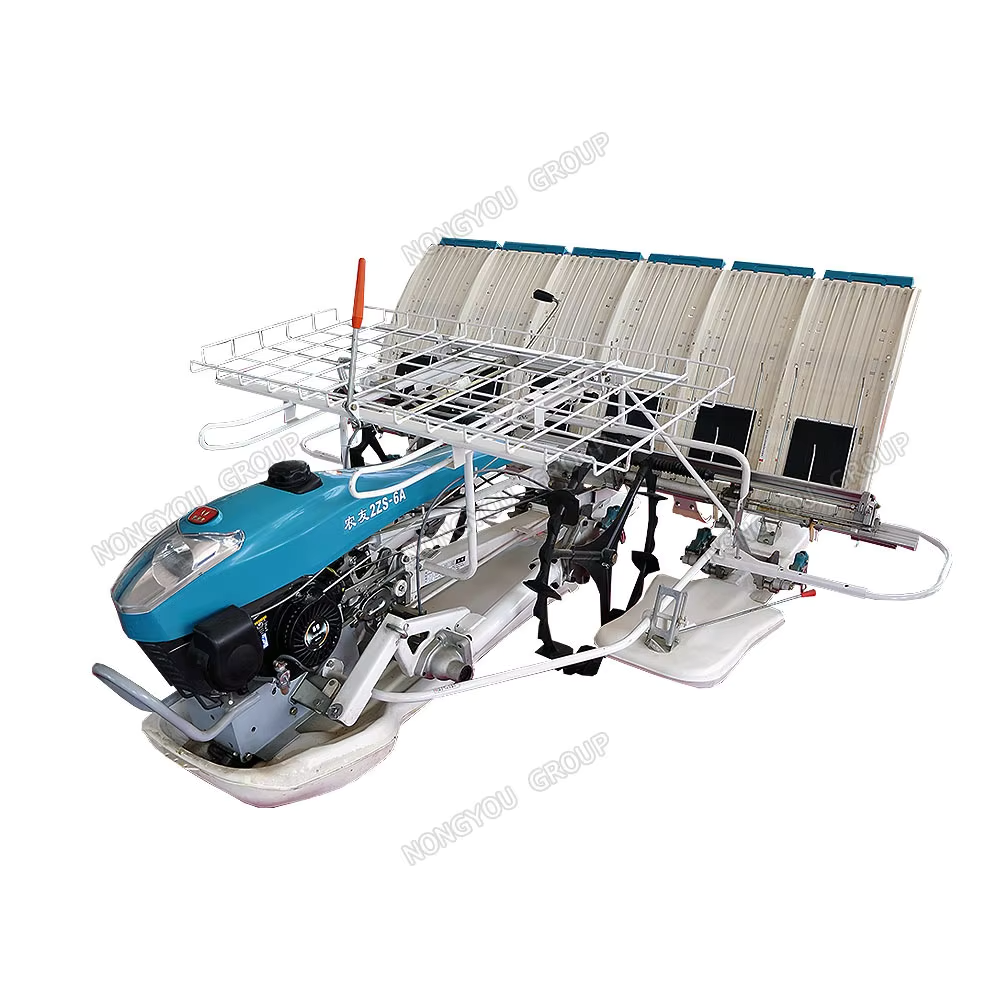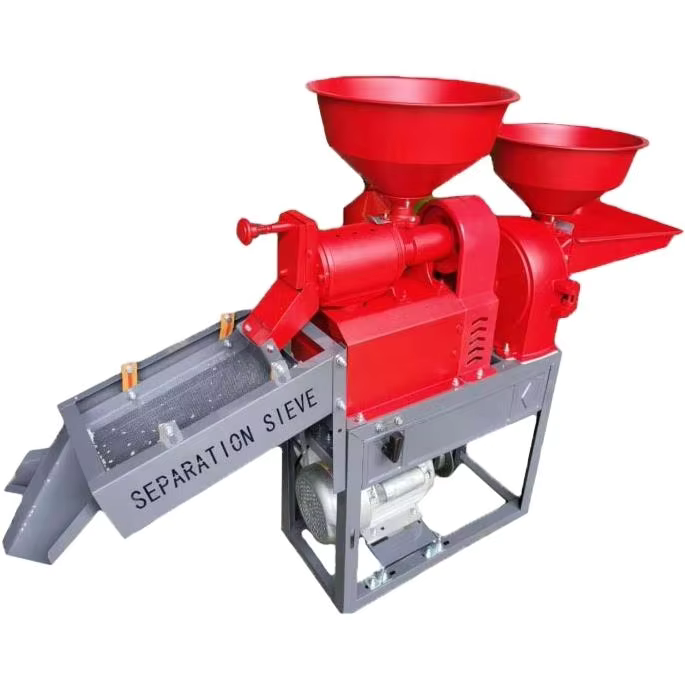rice mill price
Rice mill price encompasses various factors that determine the cost of essential equipment in rice processing. Modern rice mills integrate advanced technologies for efficient grain processing, featuring components like rubber rollers, sieves, and sophisticated control systems. These machines typically process 1-2 tons per hour, with prices ranging from $2,000 to $50,000 depending on capacity and features. The price variation reflects differences in processing capacity, automation level, and build quality. Entry-level models offer basic husking and polishing, while premium units include features like color sorting, grade separation, and automated packaging systems. The investment consideration must account for operational costs, maintenance requirements, and expected production volume. Industrial-grade mills incorporate durable materials like stainless steel construction, precision-engineered components, and energy-efficient motors, contributing to their pricing structure. Understanding rice mill pricing helps businesses make informed decisions based on their production needs, available space, and budget constraints. The total cost should factor in installation, training, warranty coverage, and potential upgrade paths for future expansion.


